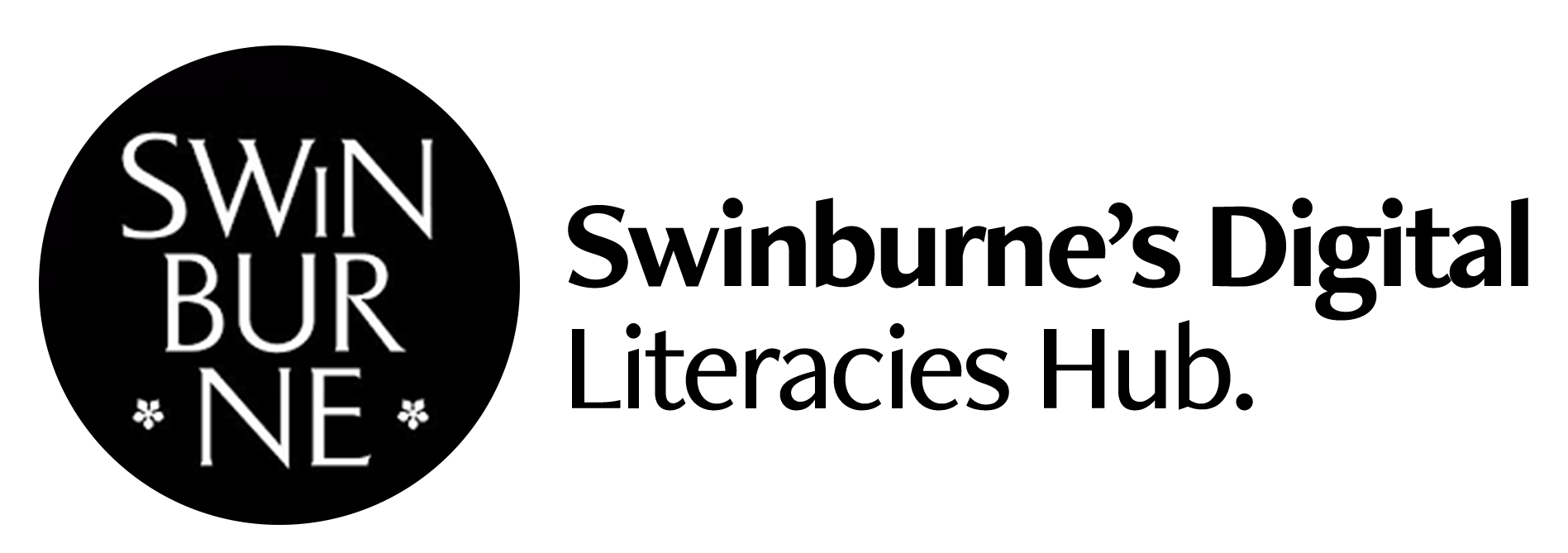Design & Architecture
Is it reliable? Enabling students to evaluate their preferred online learning sources via reflection
Linus Tan
Design Factory Melbourne + Department of Interior Architecture and Industrial Design
Design Factory Melbourne + Department of Interior Architecture and Industrial Design
The common reflective journal assignment typically asks students to describe what they learnt from the unit in an essay format. However, with information widely available on the internet, it is unsurprising for students to instead search and learn the unit content from their preferred online sources of information (i.e. their digital personal learning network). As such information is not checked by the unit coordinator, students may unknowingly learn from unreliable sources. This project develops the students' information and critical literacy. It tasks students to recognise, reflect, and critique their own digital personal learning network within the context of the unit.
Resources
This lesson plan asks students to critically reflect on online information to select the most appropriate material to reference in their design projects. Students will exercise digital literacy skills by using Adobe Rush to video record their reflections of the online information. This resource. This resource is available to all Swinburne staff via Commons.
The above resource is also available publicly on the Adobe Education Exchange!
Problem
Have you ever wondered why some of your students choose certain sources for an assignment, yet those sources are not relevant or reliable? This project intended to promote reflection as a means to better support students' ability to evaluate and access the credibility and reliability of online sources.
Overview
We adapted the common Reflective Practice assignment to task students to reflect on their online information sources. There were three student-driven objectives, which included the development of students’ critical, information, and technology literacies. These objectives were sought to be achieved through three activities required as part of the Reflective Practice Journal assignment.
Emergent Outcomes
A Reflective Practice Journal assignment brief and assessment rubric were developed as resources to share. Students learned to use Adobe software, (Audition, Rush and Portfolio) to support their learning reflections.
Key Learnings
Encouraging students to actively reflect on how they find, assess and use online information was found to support an improvement of the Digital Literacy Pillars. In addition, the inclusion of audio and video was reported by students as a rich and authentic way to communicate assessment outcomes. The lecturers reported a marked, positive improvement in the standard of student reflections when comparing with the traditional, written format used previously.
Digital Literacies Pillars and Impact Data
A survey was developed addressing the Digital Literacy Pillars (informational, critical, technical) as well as providing student feedback on the use of Adobe software. The survey questions canvassed students’ perceptions of their own literacy levels across the various areas. The survey was given at the beginning and the conclusion of semester to measure impact of students’ perceptions of their individual learning.
The survey findings are displayed in the presentation and three insights emerged. Students assessed their literacy, across all levels, as being fairly high in both the pre and post survey. Thus, there was not a significant impact across all areas. Nevertheless, three changes were noted, each corresponding to the 3 Pillars. Firstly, in regards to informational literacy, a change of -1.0 was reported around the statement, “I can identify incorrect or inaccurate information from a list of online search results.” This implies that the students self-assessed this literacy as fairly high initially (3.8) before the class, however, after the learning activities, realised that this task was more in fact more challenging (2.8). Secondly, in regards to critical literacy, a change of +.6 was noted around “I consider the purpose of the online information before using it”, demonstrating a positive impact on learning in this area. Thirdly, in regards to technology literacy, “I know how to find information that teaches me software technologies” a change of +.7 was reported. In conclusion, three tangible impacts on student learning around the Digital Literacy Pillars were reported.
